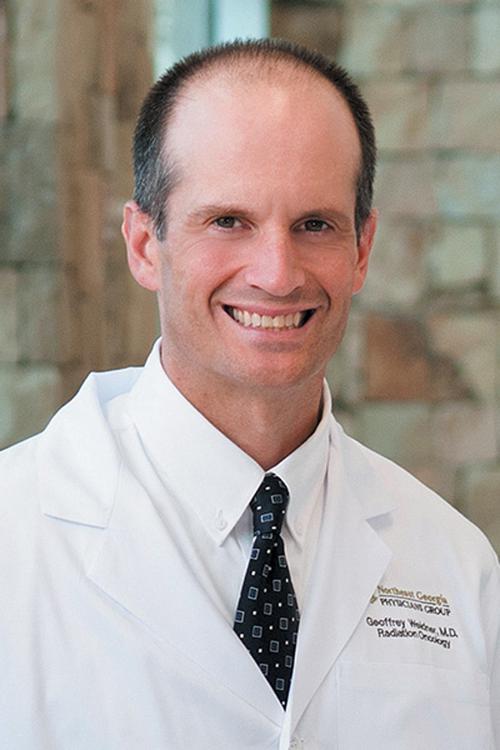Each year, thousands of Americans are diagnosed with head and neck cancers, but few people have a good understanding of these types of cancer. It may be helpful to take a few minutes of your time to learn more.
The American Society of Clinical Oncology estimates that head and neck cancers make up around 4 percent of all cancers diagnosed in the United States. That may sound insignificant, but that small number includes nearly 67,000 Americans who will be diagnosed with some type of head or neck cancer in 2023 alone.
Defining head and neck cancers
Head and neck cancers typically originate in the squamous cells lining the mucosal surfaces of the head and neck. Because of the type of cell they usually affect, head and neck cancers are often classified as “squamous cell carcinomas of the head and neck.”
What does that mean? Breaking it down, it means that these types of cancer start in the cells found in the moist areas of the head and neck, like the nose, the throat, or the mouth.
Head and neck cancers are defined by the part of the head or neck where they begin. These types of cancer can affect:
- The larynx, which is also called the voice box
- The oral cavity, which includes the lips, the front two-thirds of the tongue, the gums, the lining of the cheeks and lips, the bottom of the mouth under the tongue, the bony part of the top of the mouth, and the portion of gums beneath the wisdom teeth
- The paranasal sinuses and nasal cavity, which are hollow spaces in the bones of the head and inside the nose, respectively
- The pharynx, which is a tube starting behind the nose and leading to the esophagus
Head and neck cancers can also begin in the salivary glands on the floor of the mouth and near the jawbones. This type of cancer is relatively rare, though.
It might seem like any type of cancer occurring in the head or neck should be classified as a head and neck cancer, but that’s not the case. Brain cancer, eye cancer, esophageal cancer, and thyroid cancer, along with cancer of the skin of the head and neck, are classified as different and unique types of cancer.
The signs of head and neck cancers
If you developed some type of cancer affecting the head or neck, what symptoms would you experience? The answer depends on the specific type of head and neck cancer.
Cancer affecting the oral cavity can cause swelling in the jaw, unusual bleeding or sensitivity in the mouth, a white or red nonhealing sore on the gums or tongue, or a lump or thickening in the mouth.
Cancer affecting the pharynx can cause trouble breathing or speaking, difficulty chewing or swallowing food, a sensation like something is stuck in the throat, throat pain that doesn’t go away, or pain or ringing in the ears.
Cancer affecting the larynx can cause pain when swallowing or ear pain, while cancer affecting the sinuses or nasal cavity can cause lingering sinus infections, blocked sinuses without resolve, nose bleeds, headaches, pain and swelling around the eyes, or pain in the upper teeth.
If you experience any of the symptoms outlined above, particularly in combination with each other or for more than a few days, check in with your medical provider. It’s always better to have unusual symptoms checked out.
How head and neck cancers are treated
Treatment for those who are diagnosed with some type of head or neck cancer will vary depending on a number of factors, including the specific type of cancer, the stage of cancer, and the person’s overall health.
Each patient’s treatment regimen will be individualized and may include surgery, radiation therapy, chemotherapy, targeted therapy, and immunotherapy. In many cases, treatment will involve a combination of multiple therapies.
Those who are undergoing treatment may also benefit from other services, including specialized cancer rehabilitation services. Head and neck cancer patients often experience difficulties swallowing or communicating due to the effects of cancer or treatment. Speech therapy services can help them overcome those challenges by retraining the muscles in the throat and mouth to help prevent complications such as choking, coughing, and respiratory issues associated with swallowing problems. Even though “speech therapists” are the professionals who treat head and neck cancer patients, the therapy they provide involves highly specialized swallowing care.
Preventing head and neck cancers
There are multiple causes of head and neck cancers, including alcohol, tobacco, sun exposure, and exposure to the human papillomavirus (HPV). In fact, HPV is responsible for 70 percent of all oropharynx cancers.
Because many of these risk factors are lifestyle-related, you can take steps to lower your risk. Start by talking with a medical provider about HPV vaccination, if you haven’t already received it.
You can also lower your risk by not smoking, avoiding tobacco products of all kinds, limiting your alcohol consumption, and protecting your lips with a lip balm that contains sunscreen. Visiting the dentist regularly is also a good idea since dental checkups may spot the signs of head and neck cancer early.
Learn More
When you or a loved one have been diagnosed with cancer, you want expert care with a compassionate touch. At Northeast Georgia Health System, you’ll find exactly that, with a full spectrum of cancer services from diagnosis through survivorship.
To learn more about the different types of cancer treatment NGHS provides, visit www.nghs.com/types-of-treatment.




